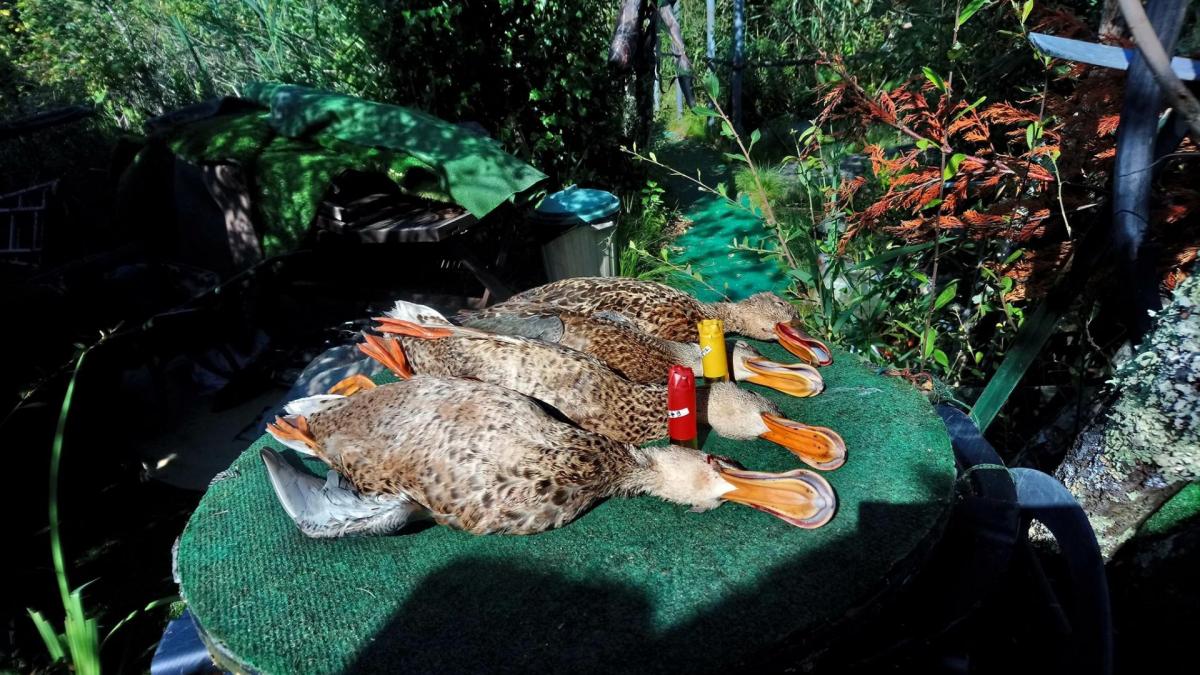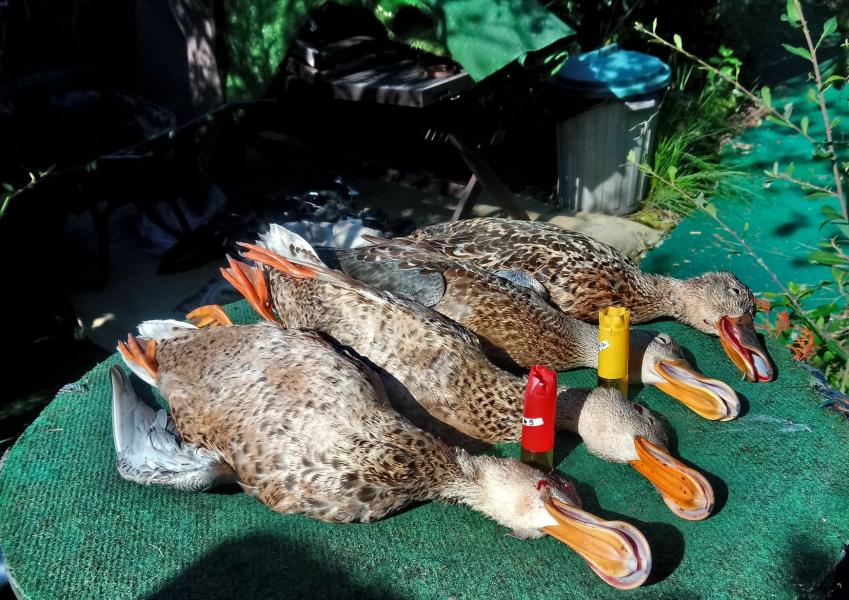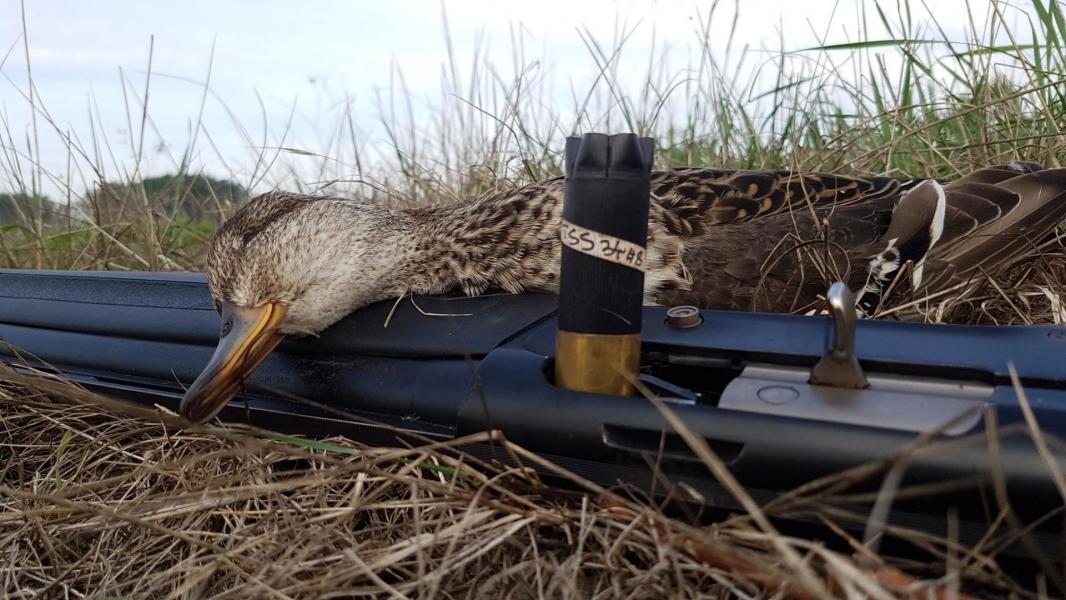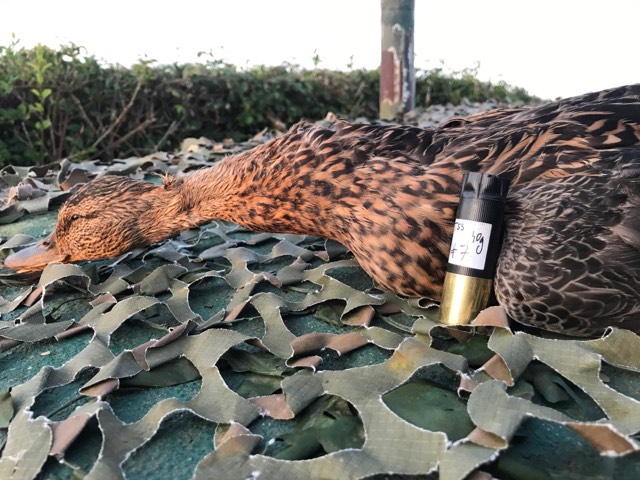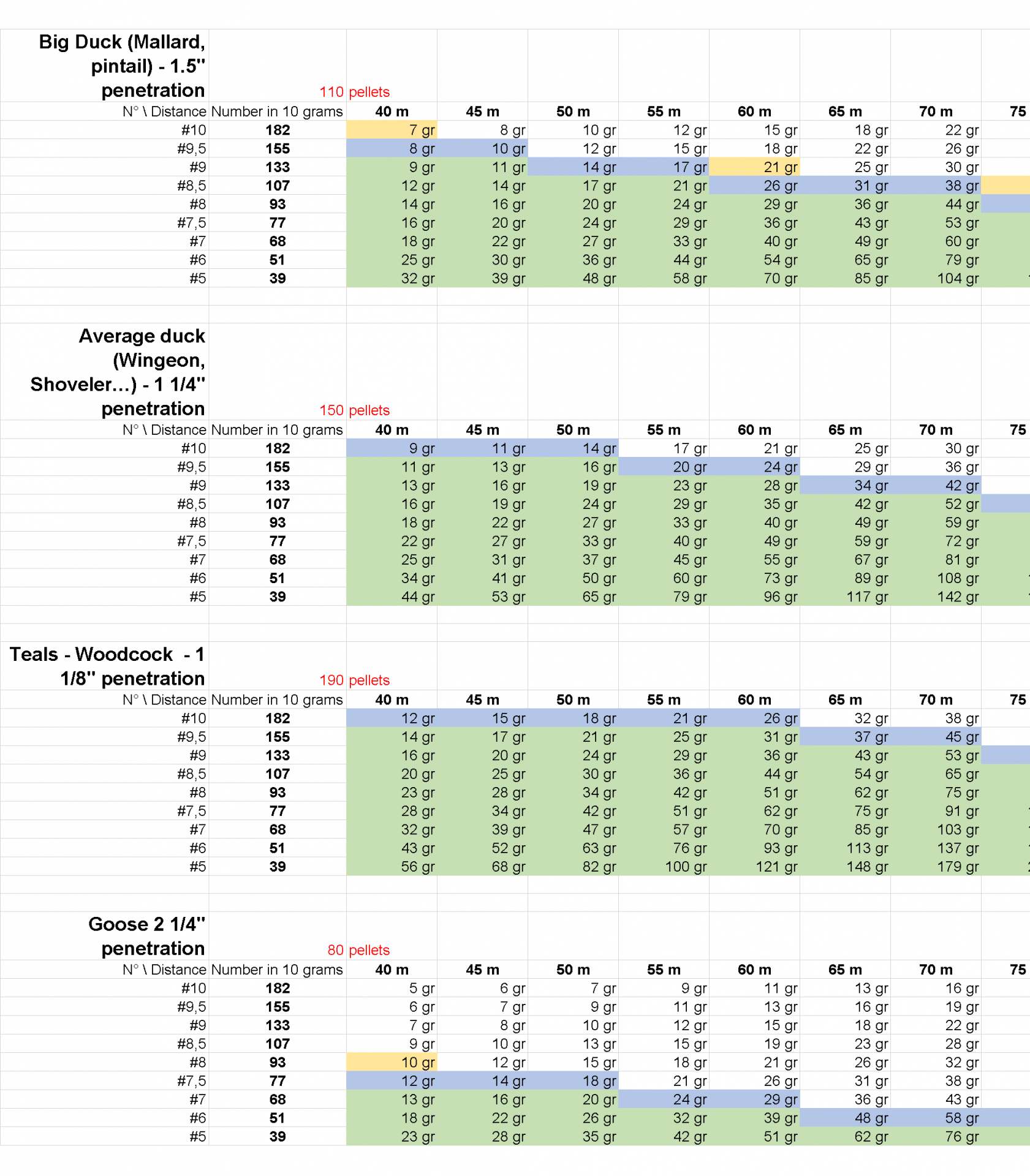
Explanations
Each chart corresponds to a game. The distances are in column and the size of TSS in raw.
In each cell, there is the load necessary to respect the pattern density of pellets necessary to reach the game with the appropriate number of balls (generally 4,2 on average and 8 in the center).
For a wingeon, for exemple, this minimum pattern density is 180 balls in a circle 30" in diameter. You can also find in column the number of balls for 10 g of shot.
When the cell is in white, it is because the penetration is not sufficient for the game considered. When it is in blue, it is that it is the optimal charge in simple shot. In green, it works too but it is not optimal.
In fact, using the chart, you can know what you should shoot if you know the distance and type of game. For example, a vingeon duck at 60 m will be killed with a 29 gr of 9 1/2 but it is relatively border line for the penetration level. With 9, it will increase to 34 grams to ensure the pattern density of 180 balls.
If the explanations are not clear enough, you can leave a comment (registration required) and I will answer quickly.
